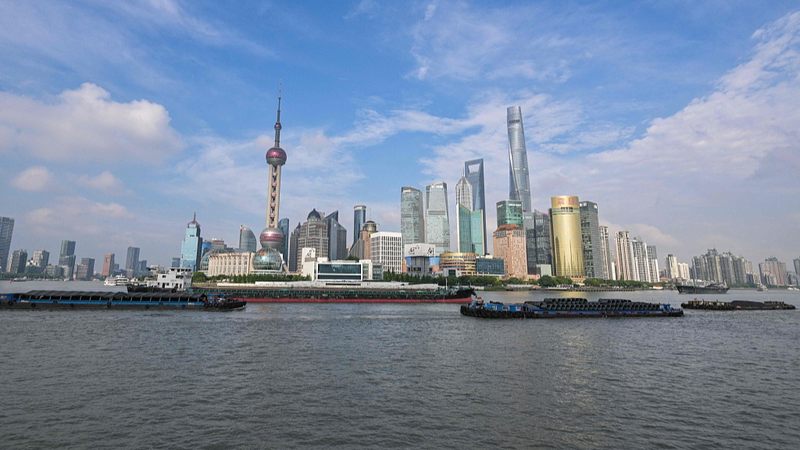As the 14th Five-Year Plan period nears its end, China’s leadership is focusing on stabilizing key economic pillars in H2. At a recent meeting of the Communist Party of China’s Political Bureau, top leaders outlined a flexible, forward-looking policy mix to boost employment, markets and confidence.
We sat down with Professor Liu Yuanchun, president of the Shanghai University of Finance and Economics, to break down what the meeting's outcomes mean for businesses, consumers and the global economy. Here’s what he had to say:
- Steady-but-flexible monetary policy: Liu highlights the use of targeted tools to back tech innovation, curb inflation risks and keep borrowing costs in check—key for startups and exporters.
- Consumption and domestic demand: With retail sales growth slowing, structural measures aim to unlock consumer spending—from digital services to green products—fueling homegrown growth.
- Small and medium-sized enterprises (SMEs): “Stronger support for small firms isn’t just about loans,” Liu notes. “It’s also streamlining regulations and expanding e-commerce channels.”
- Foreign trade stability: Policymakers plan to fine-tune export rebates and logistics networks, making cross-border trade more resilient amid global headwinds.
Looking ahead to the 15th Five-Year Plan (2026-2030), Liu believes the emphasis on a “new development paradigm” will further integrate digital, low-carbon and open-economy strategies. “The next phase is all about consolidation,” he says. “Balancing stability with innovation will shape China’s global role for years to come.”
Whether you’re an entrepreneur eyeing emerging markets, a digital nomad tracking policy shifts, or a sustainability advocate, these insights offer a clear view of the Chinese economy’s trajectory in H2—and beyond.
Reference(s):
Q&A: Senior economic expert shares insights on China's economy in H2
cgtn.com


